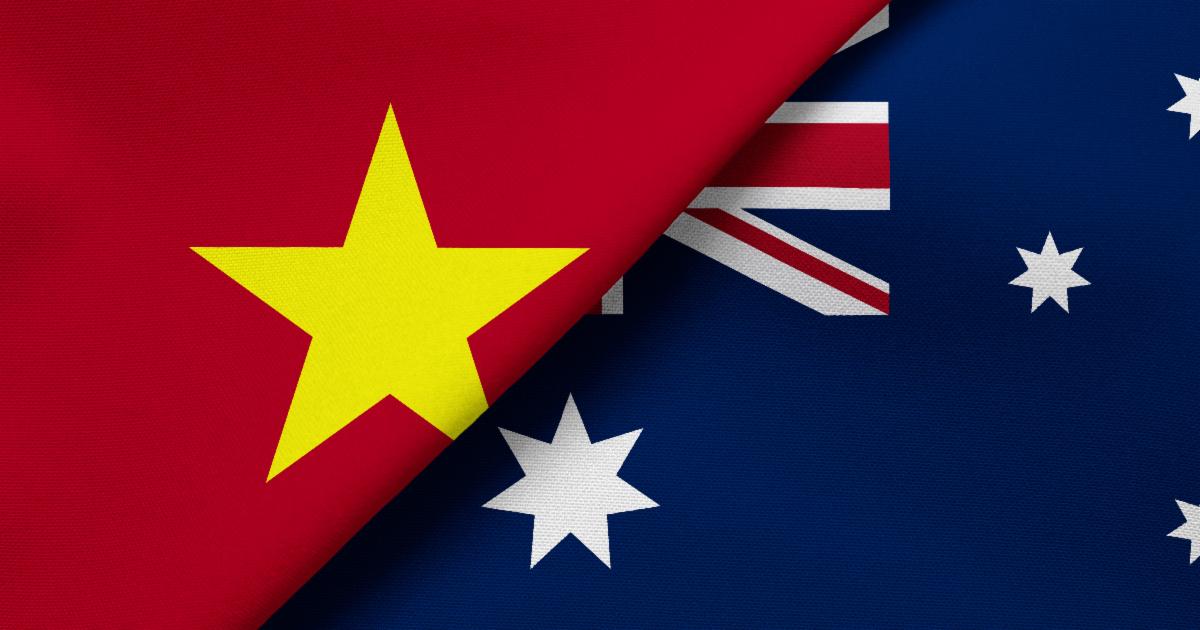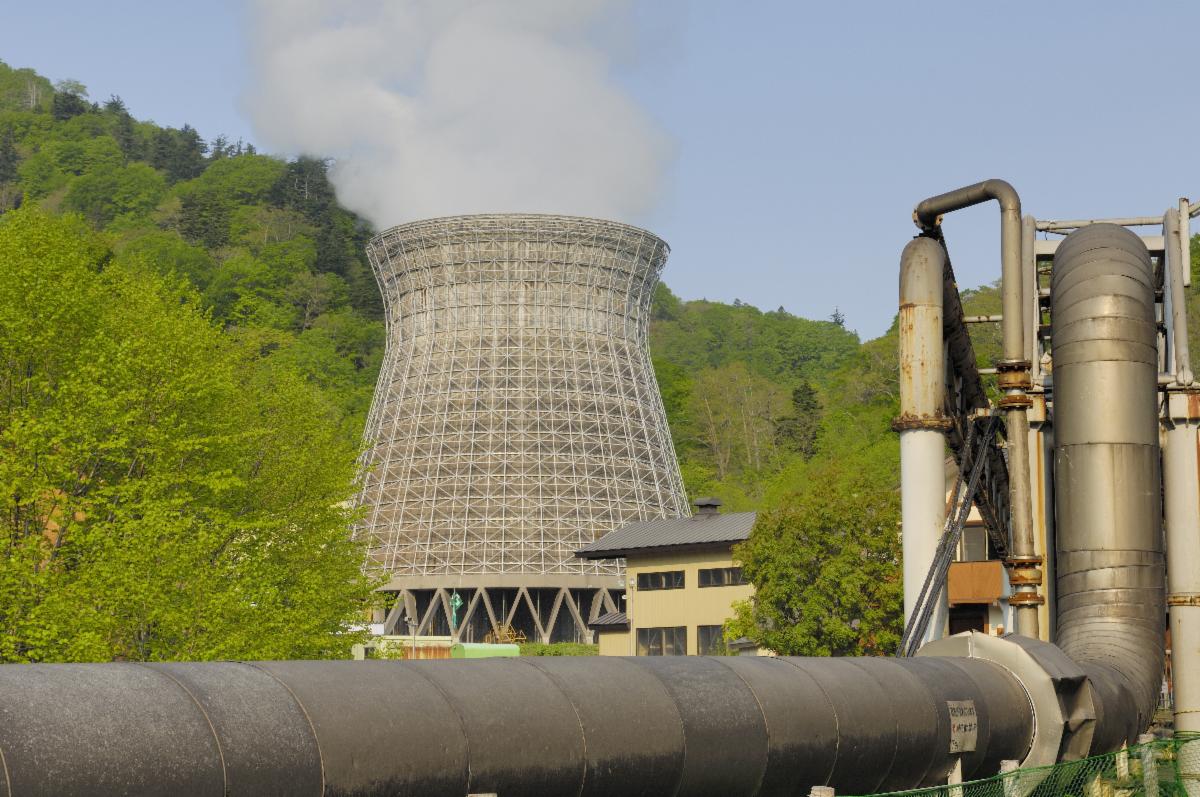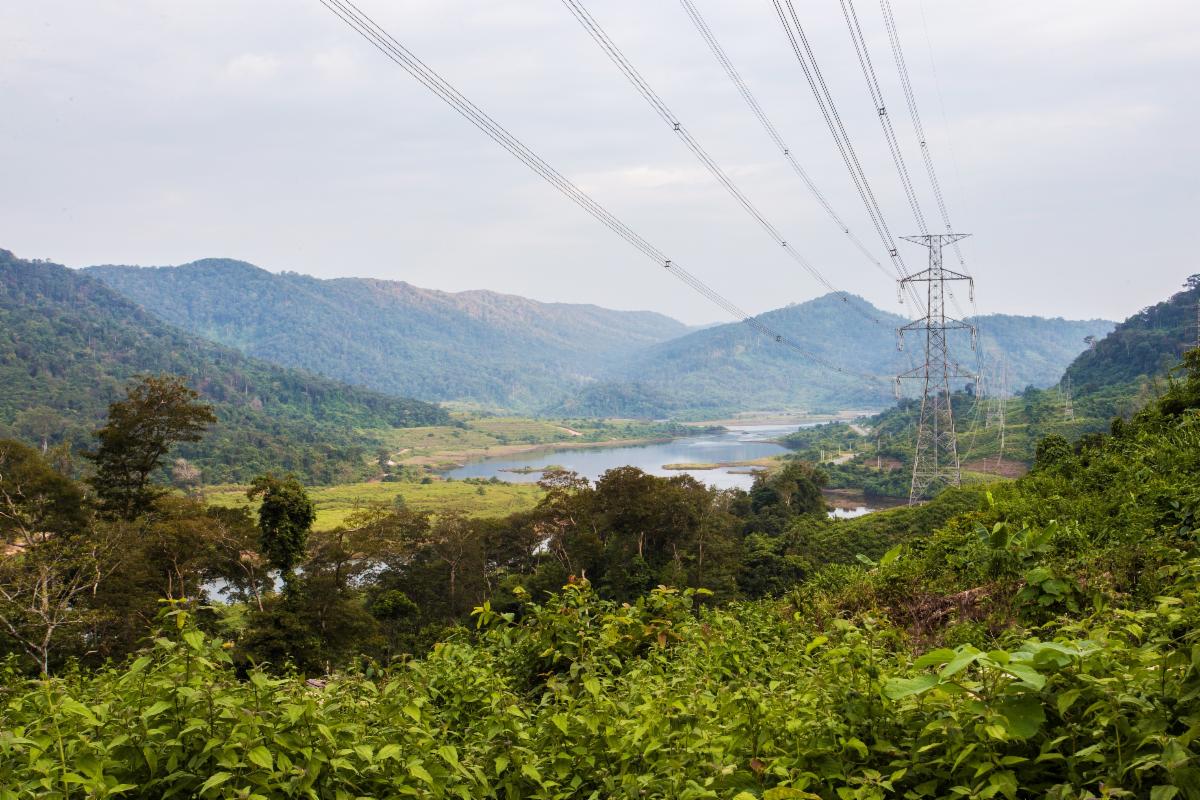Indo-Pacific Energy Update – May 16, 2023
Indo-Pacific Energy Update – May 16, 2023
Want to receive future energy updates? Subscribe here.

Vietnam agrees to deal with Australian mining company; U.S. tracks tenfold increase in rare earth output
On May 1, Australian mining company Strategic Materials signed an agreement to purchase one hundred tons of rare earth (RE) oxides from Vietnam in the second half of 2023. The company plans to utilize the incoming oxides and future RE shipments to supply its Korea Metals Plant based in Ochang Province, South Korea, until its own Dubbo RE mine in Australia begins production in 2027. The agreement was signed during a ceremony at the Australian Embassy in Vietnam, where the company’s CEO hinted at future cooperation with Vietnamese partner Vietnam Rare Earth Company. The agreement is the latest sign of increased interest in Vietnam’s rare earths reserves. The U.S. Geological Survey estimates Vietnam’s RE production increased by tenfold from 2021 to 2022, producing 4,300 tons in 2022 compared to just 400 tons in 2021.
Why it matters: Vietnam has substantial potential to become an alternate supplier of rare earths for clean energy supply chains. The country has the world’s second largest reserves of mineable concentrations of rare earths at 22,000,000 tons, according to the U.S. Geological Survey, and customs data suggest China was its biggest importer. But despite its rapid uptake in rare earths production, Vietnam will need to continue steady growth to gain a larger share of the market. It ranks as the fourth largest producer in Asia and sixth globally, yet produces only 2% of China’s annual output. Vietnamese companies have struggled to acquire so-called “deep processing technology” that would allow them to sell processed rare earths rather than raw ores. Vietnam’s government has mandated a minimum export standard of 95% processing.
Rapid growth in electric vehicles and clean energy technologies, and widespread aspirations to diversify supply chains that are heavily dependent on China may boost Vietnam’s RE industry. Vietnam is already home to major solar and EV production facilities, which could incentivize investors to finance the country’s RE development to supply local production.

India installing solar capacity at rapid pace, but capacity underutilized
On April 21, the CEO of Mercom Capital, an American communications and research firm focused on clean energy markets, estimated India would need to install 30 GW of solar capacity annually to meet a 2030 clean energy target. While India had installed a domestic record 13.9 GW of solar capacity in 2022, CEO Raj Prabhu said the government needed to properly implement existing clean energy policies to maintain strong investor interest and solar sector growth. According to India’s Ministry of New and Renewable Energy, India has installed 64 GW of solar capacity total as of February 2023, comprising 38% of the country’s 169 GW of total renewable electricity capacity. India’s total power capacity was 412 GW over the same period. India has a 2030 renewable energy goal of 500 GW of installed electricity capacity from non-fossil fuel sources.
Why it matters: While India’s solar capacity continues to grow substantially, the country isn’t fully utilizing new solar for power generation. A report by energy think tank Ember found that solar and wind combined generated 9% of India’s electricity, even though solar constitutes 15% of India’s total power capacity. Some of solar energy’s underutilization is likely related to its intermittent generation, but part of the deficit may also be linked to India’s struggling transmission system and lack of battery storage. As elsewhere, transmission and storage will be essential in allowing India to fully utilize its growing solar capacity and helping to diminish coal’s role in meeting India’s burgeoning electricity demand.

Japan, U.S. agree to geothermal energy partnership
On April 17, Japan and the U.S. signed a memorandum of commitment pledging cooperation on geothermal energy development during a meeting of energy and environment ministers in advance of the G-7 summit in Japan. The pact encourages deeper collaboration on the commercialization and technological innovation of geothermal energy between the two countries and across the globe. Japan has a history of interest in geothermal developments abroad; since 1977, the Japan International Cooperation Agency has financed 17% of global geothermal capacity, primarily in Africa, Asia, and Latin America. The U.S. is also estimated to have a 25% share of the geothermal technology market.
Why it matters: Japan and the U.S. are ranked tenth and first overall for installed geothermal capacity, respectively, but the energy source has a minuscule role in their domestic electrical grids. Each of Japan and the U.S. generate under 0.5% of their electricity from geothermal facilities. In the past, economic and cultural concerns that geothermal energy would harm Japan’s hot spring industry curtailed development. In the U.S., technological and financial hurdles previously impeded the energy’s growth.
New technologies may provide the necessary breakthrough for both countries. Innovations from the oil and gas sector have found uses in the geothermal sector. American firm Quaise Energy is replacing conventional drill bits with millimeter wave technology that would not only allow deeper drilling at a faster rate, but also make more geothermal resources commercially viable. Horizontal directional drilling and conduction-based advanced geothermal systems also present opportunities for more available geothermal resources while limiting land use. A 2020 Department of Energy report estimates U.S.-based geothermal could potentially yield a power capacity of 231 GW by 2050, constituting approximately 8% of the U.S.’s estimated 2050 capacity. Likewise, a Berkeley Lawrence National Laboratory study found geothermal could help reduce Japan’s power sector emissions by 92% by 2035 and reach net-zero by 2050.

Monsoon Wind, Southeast Asia’s largest wind farm, begins construction
On May 1, Laos began construction of its first wind project, the 600 MW Monsoon Wind project, with Mitsubishi serving as its largest investor. As part of Laos’ plan to export electricity to its neighbors, the country signed a 25-year agreement to sell its power to state-owned Vietnam Electricity. The project received $692.5 million loan from the Asian Development Bank, along with support from Japan International Cooperation Agency and Sumitomo Mitsui Banking Corporation, the largest syndicated renewable energy funding request among ASEAN nations to date. The wind farm’s estimated operation date is 2025.
Why it matters: Besides meeting its own clean energy goals, Laos may be an important contributor to helping its Southeast Asian neighbors meet similar goals and increasing regional energy security. With its extensive existing hydropower, coupled with its solar and wind energy potential, electricity is Laos’s largest export; in fact the country was the twelfth largest electricity exporter globally in 2021, sending power mostly to Thailand, Cambodia, and Vietnam. Laos began shipping renewable electricity to Singapore in mid-2022 via Malaysia and Thailand. Of Laos’ neighbors, Cambodia, Malaysia, Singapore, and Thailand have official goals of carbon neutrality or net-zero GHG emissions by 2050. All generate 50-90% of their electricity from fossil fuels. Approximately 80% of Laos’ power generation goes to Vietnam and Thailand, but more high-voltage transmission lines with Laos’ neighbors will be necessary to satisfy the region’s goals. Singapore’s 2022 agreement with Laos, Malaysia, and Thailand marked the first cross-border electricity trade between four ASEAN nations, and in January 2023 Laos commenced building a 200km transmission line to Cambodia.
While Laos has lofty ambitions for economic and energy growth, critics have said the country’s growing external debt to fund energy projects could pose long-term financial challenges. In 2021, Laos made a 25-year agreement to concede control of its high-voltage power lines to a Chinese majority-owned company in exchange for a $2 billion investment for its power grid.
